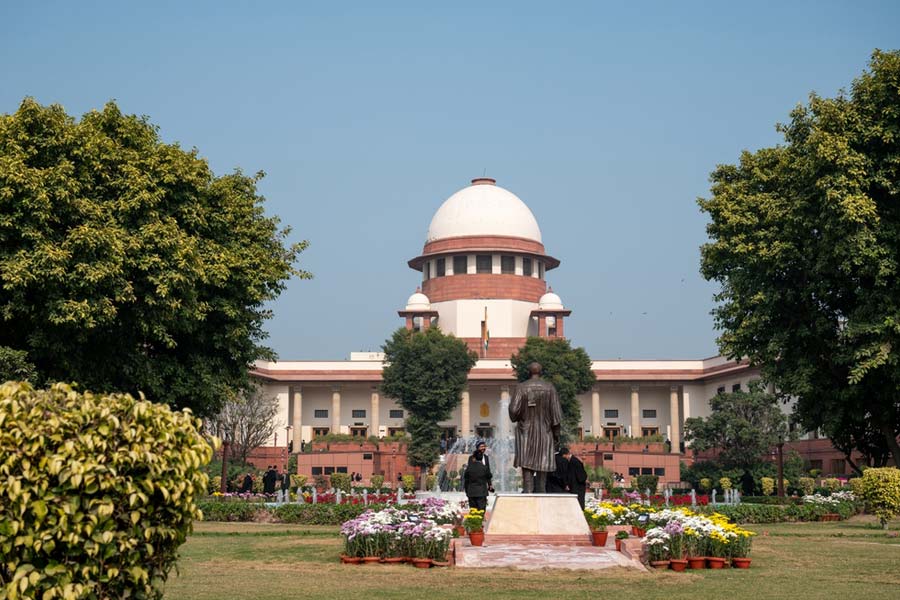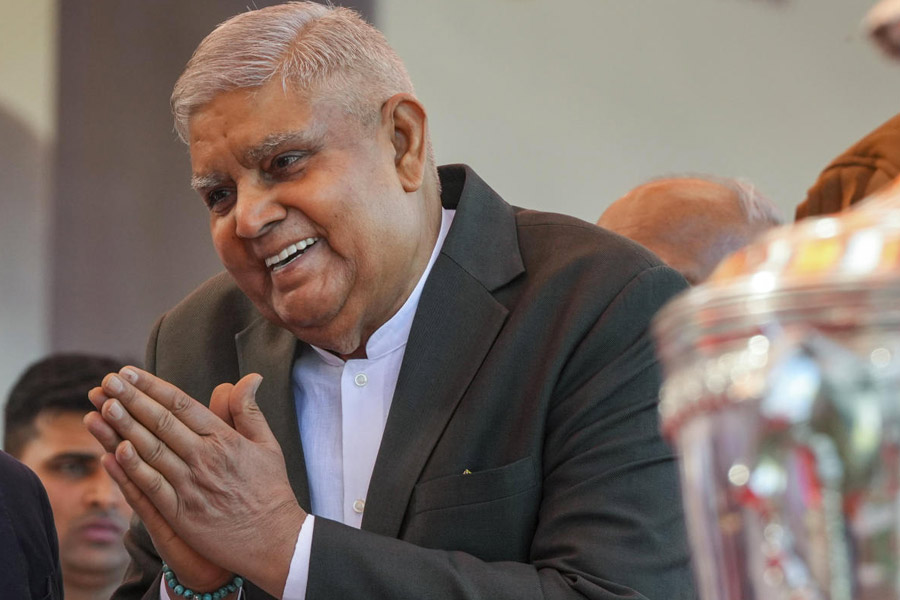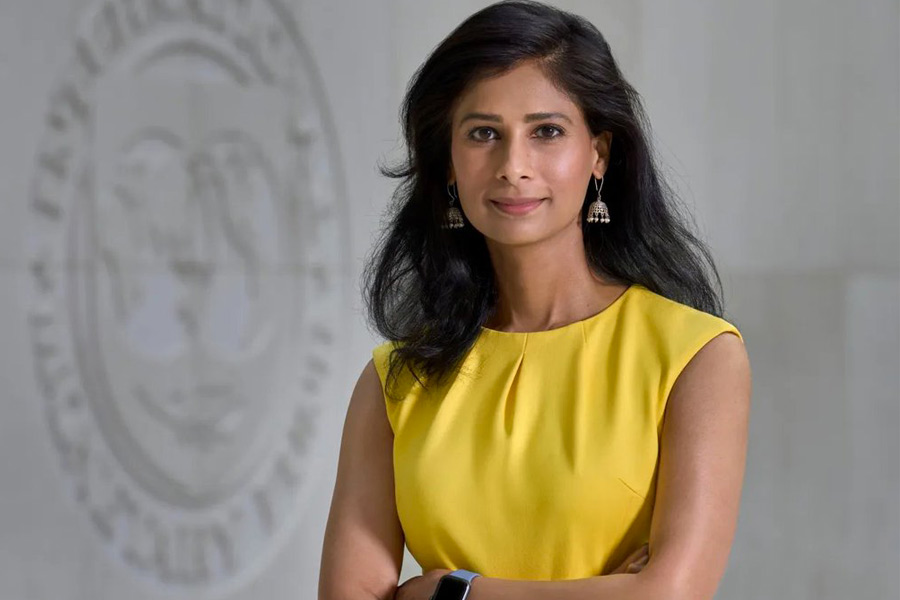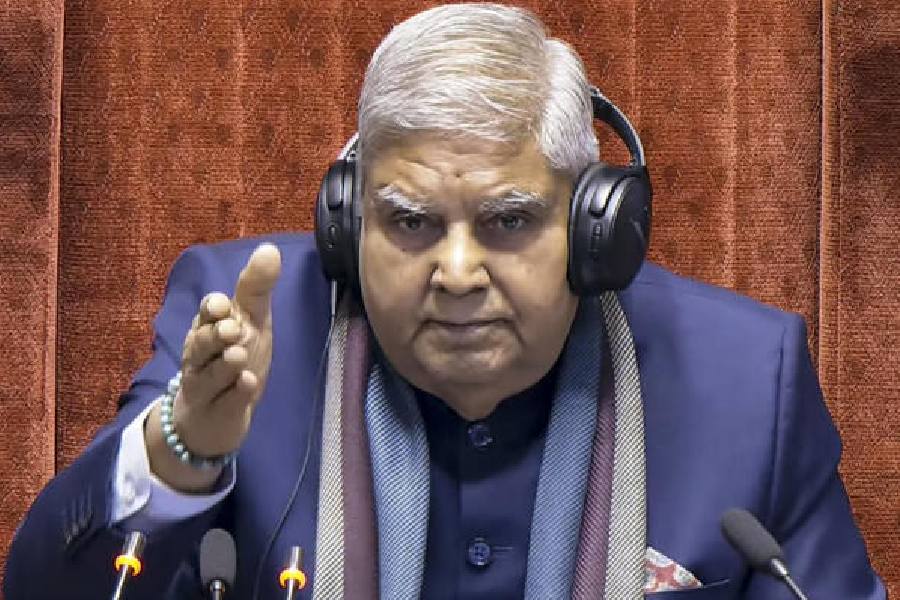 |
At an art critics’ conference, recently, I had to talk about whom I write for when I write about art, how I write and, finally, why. This is what I said.
Three years ago, I spent a long summer’s day on my own at Roni Horn’s show, Well and Truly, at the Kunsthaus in Bregenz. Very soon after I entered the Kunsthaus, I knew I wanted to write about the work. This intuitive and thrilling sense of having found a subject is usually the starting point of writing for me. On most occasions when I write on living artists, such as this one, my primary imagined reader is the artist himself or herself. All other readers are necessary and valued eavesdroppers. So, to the question of whom I write for, my answer is simple: for the artist. He or she is the principal addressee of my essay, which I often think of as a letter or an email, but without the sentimental trappings of one, and without the hope of a reply. Yet, the fact of writing to a specific, but imagined, addressee gives a shape and direction to the energy of writing that is invaluable. Sometimes, as it was with the piece on Horn, a reply does come, and becomes the closing of a circuit of communication or, just as often, the beginning of an ongoing conversation, which then produces more writing. This shift of template from letter to conversation is crucial because conversation, the actual exchange of talk, is the medium that I feel most at home in.
I think of conversation as an essential aesthetic and critical medium, and a starting point for a great deal of writing and other forms of making. Like drama and musical performance, it is in the nature of conversations to be ephemeral, perishable events. Their afterlife is in the effect they have on those who make them, listen to them or overhear them. Conversations cannot be captured without being changed fundamentally, but they can be remembered, forgotten, absorbed, resisted or realized. When I write primarily for the artist, I also imagine what I write as a gift that may or may not reach the artist. So, another shift of template: from letter to conversation to gift. Yet, the voice of the writing need not — indeed, should not — be one of direct address; the over-familiarity of such a tone would be presumptuous, intellectually dubious and insufferable for everybody concerned.
It is this impulse to engage with, and implicitly address, the artist directly that is increasingly making me write with art rather than about art. Or write off, rather than of, art. The former is an associative, reflective, idiosyncratic and, sometimes, even fictive form of writing, or a combination of all this, often only tangentially or obliquely related to the subject of the art-work. It inclines me towards artists who are themselves profoundly influenced by, or create their own, reserves of writing — Horn is an important example — and who often think of themselves as creators or authors of books, though not necessarily just “artist’s books”. But this kind of collaborative, rather co-conspiratorial, writing moves in a different direction from, say, the essay on Horn, which was written from a distance, and without getting to know the artist personally, although it may have built the foundations for such an encounter.
To prepare myself for this, more solitary and impersonal, kind of writing, the genres of primary material that I find particularly helpful are the artist’s own writings and interviews. Then, literary fiction and poetry — the poems of W.H. Auden and Wallace Stevens, for instance, Proust’s In Search of Lost Time, Patrick White’s The Vivisector — are, for me, a richer source of ideas, approaches and critical idioms than are overtly theoretical or art-historical texts. This blurring of the distinctions between literature, art, criticism and theory, leading to the use of works of art or literature themselves, or even of music or cinema, as cognitive, analytical and historical tools for understanding other works of art, is crucial to a form of interdisciplinarity that I would describe as unabashedly promiscuous. Such promiscuity demands both rigour and precision, though, which need not be academic or pay excessive heed to the fastidious historicism of a critical practice based strictly on art history and aesthetic philosophy. It is important to address and engage with, yet remain obliquely positioned in relation to journalism, academia and the art-world, so as not to get enmeshed as a writer in the protocols, politics and vested interests of each. So, putting art-writing on the editorial pages of a daily becomes not only a way of making such writing integral to serious public discourse, but also an attempt to challenge and complicate the idea of a ‘serious public discourse’ by an infusion of pleasure and imagination.
Finally, why do I write? To put it plainly, I write on art because I am interested in life, in human beings, in the forms and content of the human experience of time, space and emotions. I want to look at the particulars and specificities of such experience as well as its larger structures — how things repeat or elaborate themselves, how they connect, unravel, loop and spiral, or shoot off in unexpected tangents in our consciousness and in the ordinary, and sometimes extraordinary, lives that we live within ourselves and with people, places and things. I would want my writing on art to be centrifugal rather than self-reflexive, to move outwards from the work and from the writing itself to forms of perception, memory, feeling and consciousness, and towards a heightened and expanded understanding of these forms that is sometimes like a kind of anagnorisis or recognition — a re-cognition, getting to know again what we already knew. So, everything I read, watch and listen to — the books, pictures, films and music — must live in the myriad forms of life that surround me and are absorbed into, and transformed by, my inner life. This inner life is situated in its immediate context, but can never be reduced to a limited understanding of the notion of ‘context’ merely in terms of national, sexual or racial identities — packaged categories that suggest themselves with such alarming readiness in the currently available global discourses on art.
When a venerable American art magazine asked me to write for them, they made it clear that I could only write on ‘Indian’ or ‘Asian’ art. When I wanted to write on Ed Ruscha, Adam Fuss or Graciela Iturbide, they politely tilted their heads and raised their eyebrows. Then, an even more venerable British literary supplement asked me to review books for them, and kept sending me novels by Indian writers writing in English. When I asked for J.M. Coetzee and Geoff Dyer, they politely tilted their heads and raised their eyebrows. While my writing on art is not overtly political, I cannot shake off very easily the blinkeredness of this regionalism, and how it might obstruct writers for whom intellectual and geographical mobility is essential. It makes me sceptical about the much-celebrated idea of the ‘globalization of art’ dissolving stereotypical understandings and perceptions of place. What should we make, for instance, of the fact that the only international magazine that actively encourages me to write on European and American artists happens to be published from Japan?
I want to end by talking about two specific influences on the way I create and structure prose as a vehicle of looking and thinking. First, the idea of writing with one’s ears, and not just with one’s eyes and fingertips, of listening to the voice of one’s writing and shaping its flow musically. In this, the music of Mahler — the symphonies as well as the songs — are a constant inspiration and accompaniment as I write, weaving itself into the deepest structures of my thinking and of the expression of these thoughts.
I use the word, structure, with some deliberation, for structuralist anthropology, most notably the writings of Claude Lévi-Strauss and Clifford Geertz, has profoundly taught me how to think and write. Lévi-Strauss explains, in a series of remarkably lucid lectures called Myth and Meaning, how his notion of the structural analysis of myth as weaving together the simultaneous and the progressive — what is revealed when time is arrested and what unfolds in time — owes itself to a sustained understanding of the structures of Western music, especially to the operas of Richard Wagner.
Such a reading of the interlaced structures of music, experience, consciousness and writing is further embodied, for me, in Proust’s great novel, in which aesthetic philosophy, critical reflections on actual or fictional works of art, and musical elaborations on time and memory are inseparable from the minutiae of love and loss. But its relentless accumulation of these particulars of experience across the six volumes builds up to a larger, colder and more distanced vision of unity — an integrity of structure and of voice. This is a vast system, but it never allows the flow of life and consciousness to harden into rigid structures of representation and analysis. In Search of Lost Time is acutely aware of its own existence in language, but its self- consciousness never becomes a hall of mirrors that traps aesthetic experience in the endless corridors of a Palace of Art.
It is impossible to live in a cork-lined room in Calcutta today as Proust did a century ago in Paris, shutting out the madness, beauty and violence of the real for the sake of the preciousness of mortal time. For me, that impossibility is a consolation — history and geography separate his Paris from my Calcutta. But here I am, in a city far away from home, talking about a 21st-century American artist inspired to produce work by a 19th-century poet, Emily Dickinson, whom she read for the first time in Iceland, of all places — a homeland of the spirit, formed by shape-shifting bodies of lava, water, snow and steam. This web of connections is what writing must try to grasp or set free, in the elusive theatre of an escape-artist’s work, where word and image defy the gravity of place and identity, and make, with delight, their leaps of faith.










